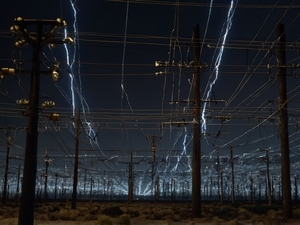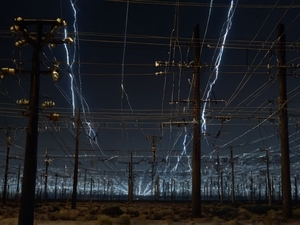India Mini Grid Market: What to Know
Body
India is one of the countries that has successfully implemented and utilized mini grid for power sources, as the country enhances the use of renewable resources. In 2022, the country witnessed USD 14.5 billion investment for renewable energy which is expanding more rapidly than any other country. A research firm, GMI Research, noted that there has been an increase in India mini grid market trends, due to the rising demand for secure power supply and multiple government initiatives in renewable energy sector.
Not only for mini grid, but there is also a rising trend in India microgrid market. The microgrids usually use one or more energy resources, such as solar panels, battery storage, or gensets.
Mini Grid Technical Components and Systems
From the production to the end user, there are several basic components of the mini grid in India.
- Production
The production phase is essential to provide the electricity needed by the end users. The technologies to generate energy may involve diesel generators, solar PV, or wind turbines. The mini grid might use only one energy source or mix the sources, either from renewable energy or nonrenewable sources. Inverters are crucial to convert the energy into the energy type needed, it can be AC to DC or vice versa.
In the production process, mini grid will need management systems to manage and regulate energy load. It can also collect data regarding energy usage and process the data which later on can be valuable for operators or stakeholders to make informed decisions. After the energy is produced, it needs energy storage like batteries or other storage to keep the sources. Renewable sources like solar or wind are not available all the time. Therefore, to ensure power availability, a storage is needed to keep the power when the resources are available.
- Distribution
The next phase is distribution, to make sure that the energy can be delivered to the end users. The distribution systems need to use transmission lines and supporting infrastructure for the lines, including utility poles. The lines can be aboveground or belowground.
The distribution system offers flexibility with different voltage selections, enabling both AC and DC configuration and power supply in either single-phase or three-phase systems.
- End user













Comments